The Volkswagen Passat is a sober, straight edged estate car that feels increasingly out of time
Why would anyone pass on a Passat? Volkswagen’s big load lugger proves that the old ideas are still the best
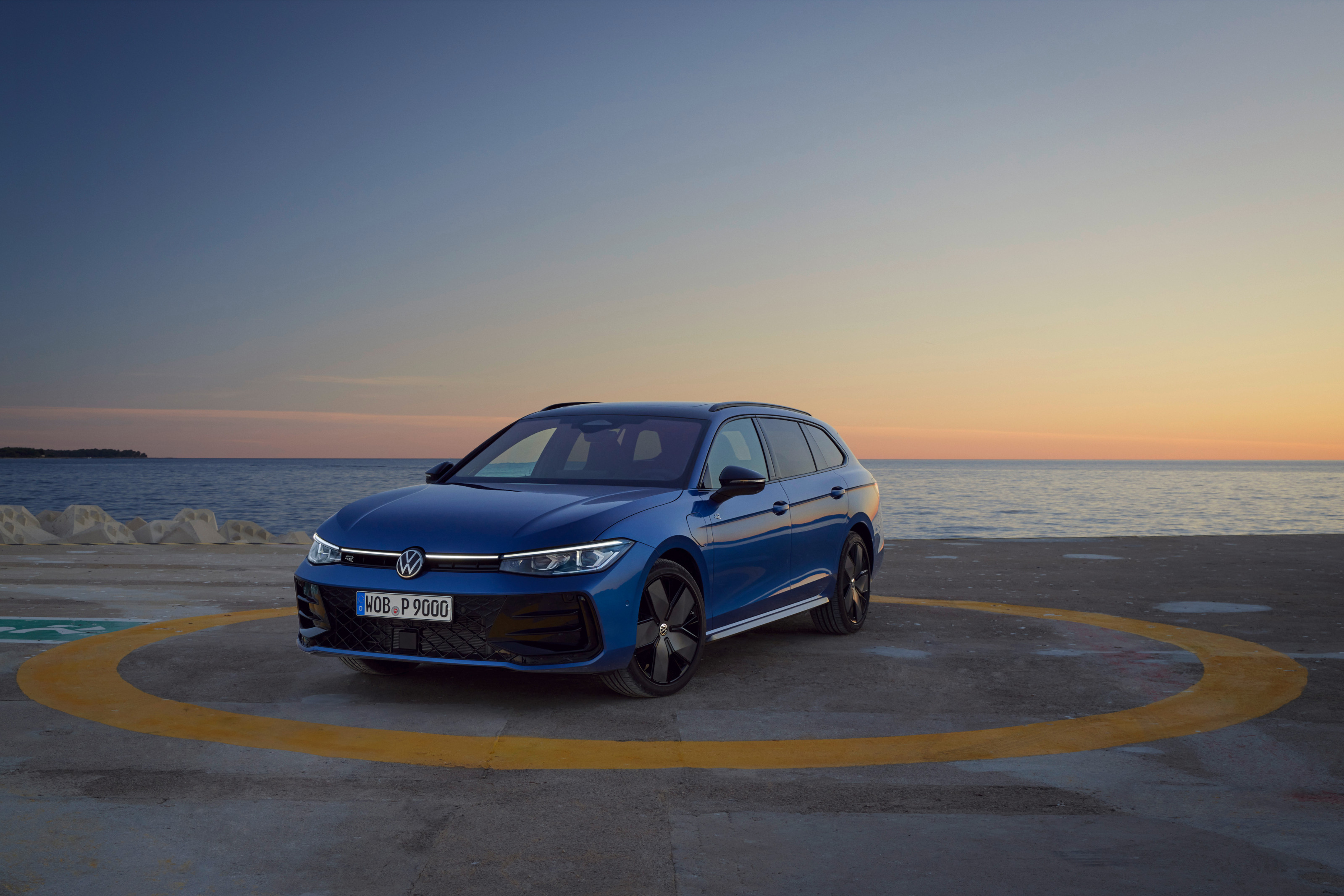
Not so long ago, the writing seemed to be on the wall for the Volkswagen Passat. Buffeted first by the relentless rise of the hatchback, then knocked back again by the dominance of the SUV, it seemed that there was no love left for a straightforward, traditional saloon and estate car. The original B1 Passat began life as a large fastback sedan, launched in 1973 with era-appropriate angular bodywork by none other than Giorgetto Giugiaro. The B2 version arrived in 1981. In an era when market-specific names were considered essential, the B2 was known as the Carat in Argentina, the Corsar in Mexico, the Quantum in America and Brazil and the VW Santana in Japan and China.
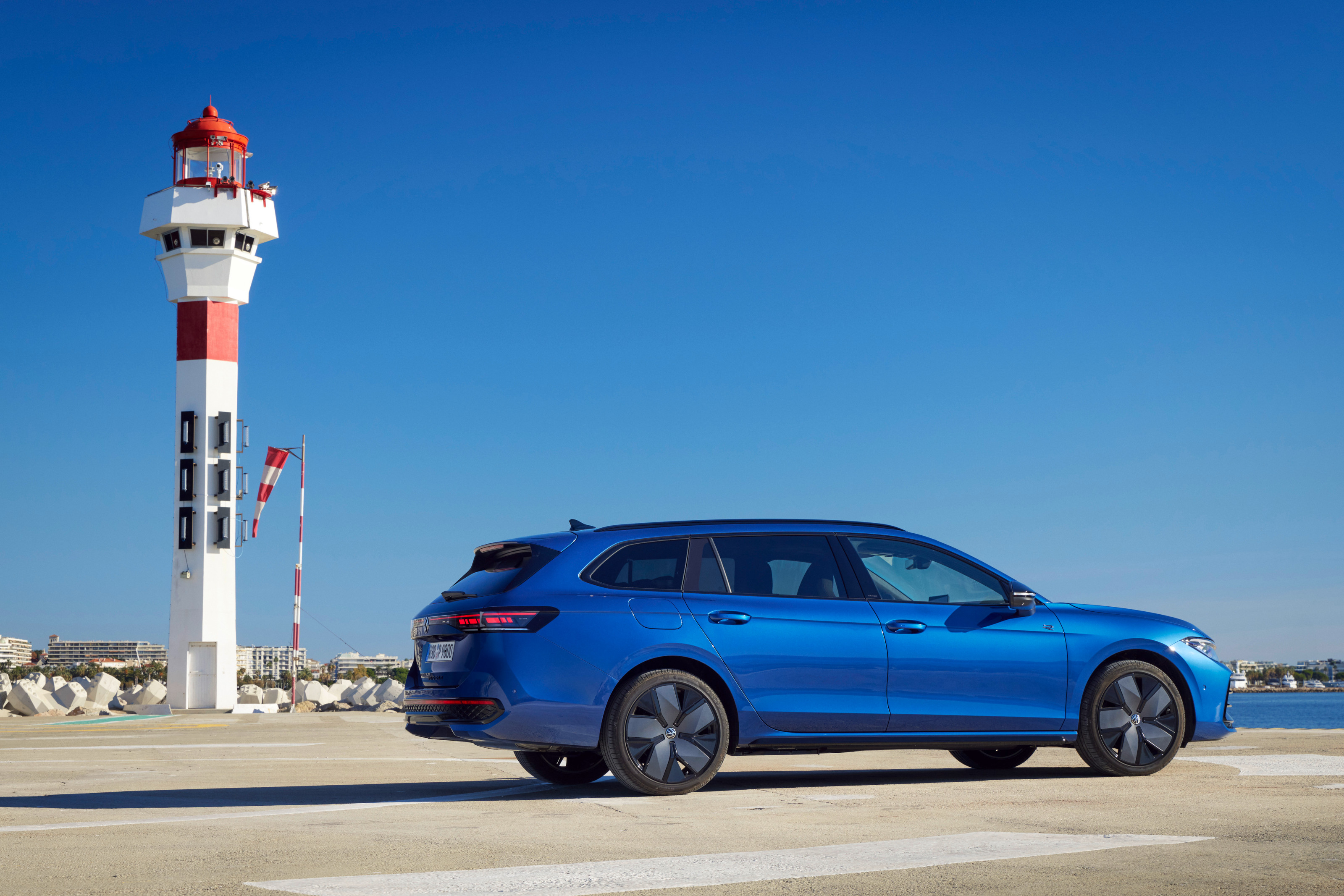
Volkswagen Passat
It was the latter nameplate that kept the model aloft for decades, most notably in China. In fact, the Santana has a strong claim to be the origin story of that country’s vast motor industry. The creation of the Shanghai Volkswagen Automotive Co., Ltd in 1984 set the scene for slow but steady growth throughout the 80s and 90s (at the time of the partnership there were barely half a million private cars in China), as well as the all-important percentage of state ownership of foreign ventures. The venerable B2 Santana was built in China for thirty years, from 1983 to 2013.
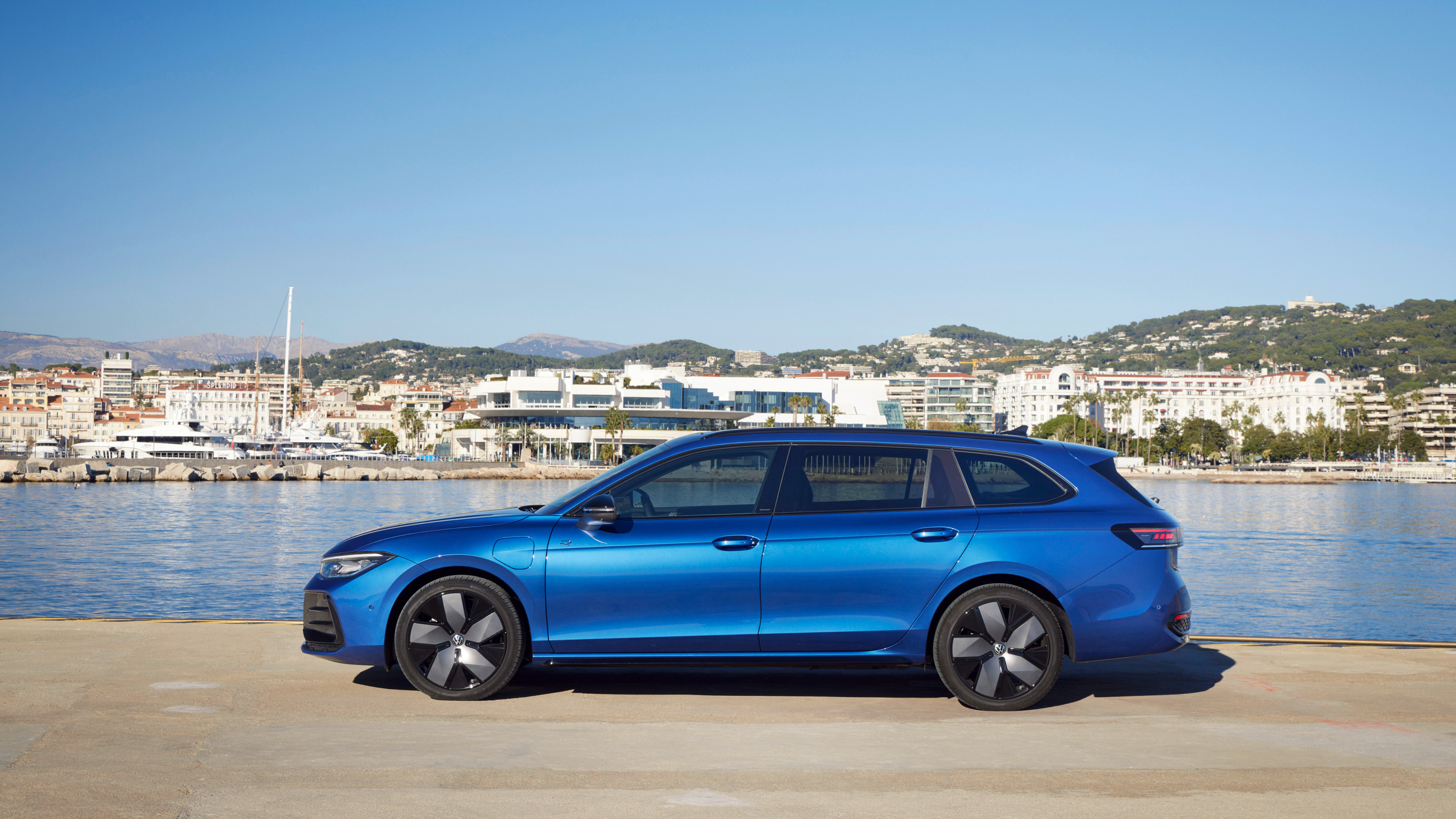
Volkswagen Passat
Back in the West, the fashion for fastbacks waned in the 80s, and the Passat settled into a slightly doughy anonymity with the B3 and B4 variants. It wasn’t until 1996’s B5 Passat that the model re-found its mojo. Styled by the legendary VW head of design Hartmut Warkuss and a team include the young Peter Schreyer, the B5 Passat helped start VW back on track towards the simple, restrainted design language it still practices today.
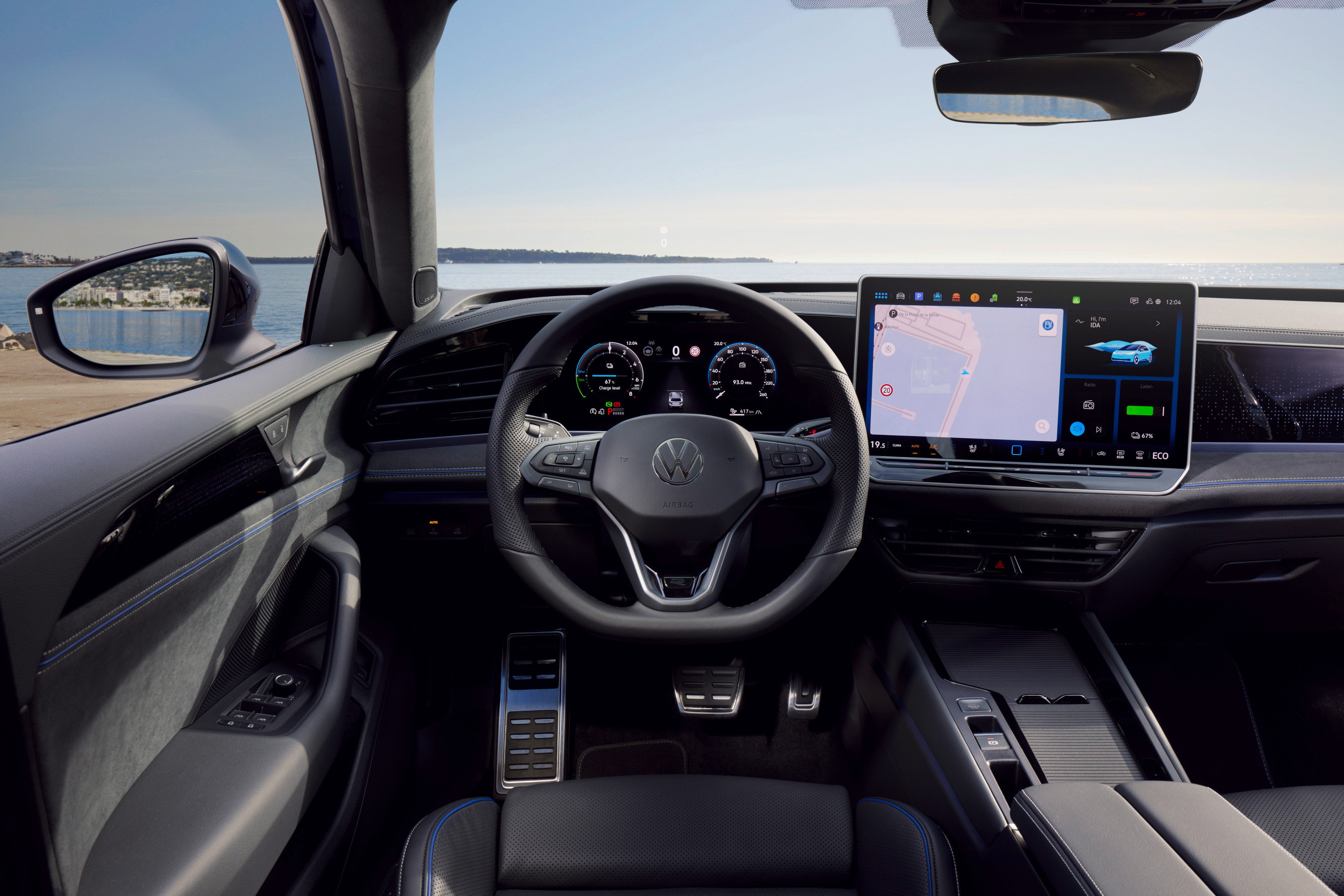
Volkswagen Passat
What we have here is a prime example of the B9 generation Volkswagen Passat, launched in 2023 and available ( in the West at least) only as an estate car. It’s a thoroughly impressive all-rounder, made all the better for being a hybrid. If I was being extremely hypercritical, then the current Passat would lose marks for slightly generic, anonymous styling. It looks a little over-bodied, with a wheelbase that’s just short enough to unbalance the overall composition, rather than plant it.
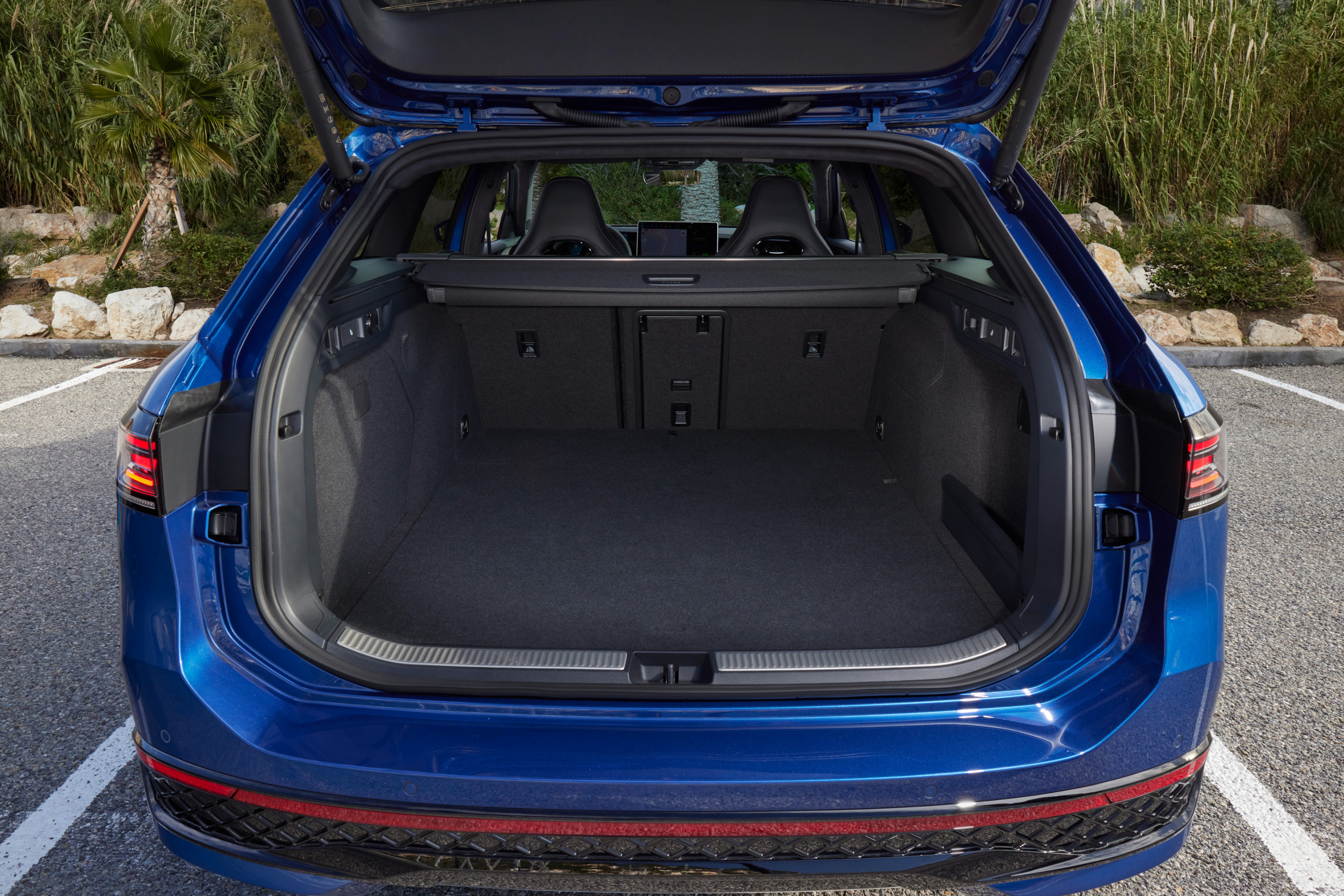
The Volkswagen Passat has 1920 litres of load capacity with the seats down
Estate aficionados – and there a few of them – might see the Passat as a bit of a missed opportunity on the style front, not least because VW had some true corkers in its line-up in the not-to-distant past. Just two years ago there was the marvellous Arteon Shooting Brake, which offered a winning combination of style, practicality and performance. There’s also the contemporary VW ID.7 Tourer, an all-electric estate car that seems eerily well positioned to cannibalise from the Passat and vice versa.
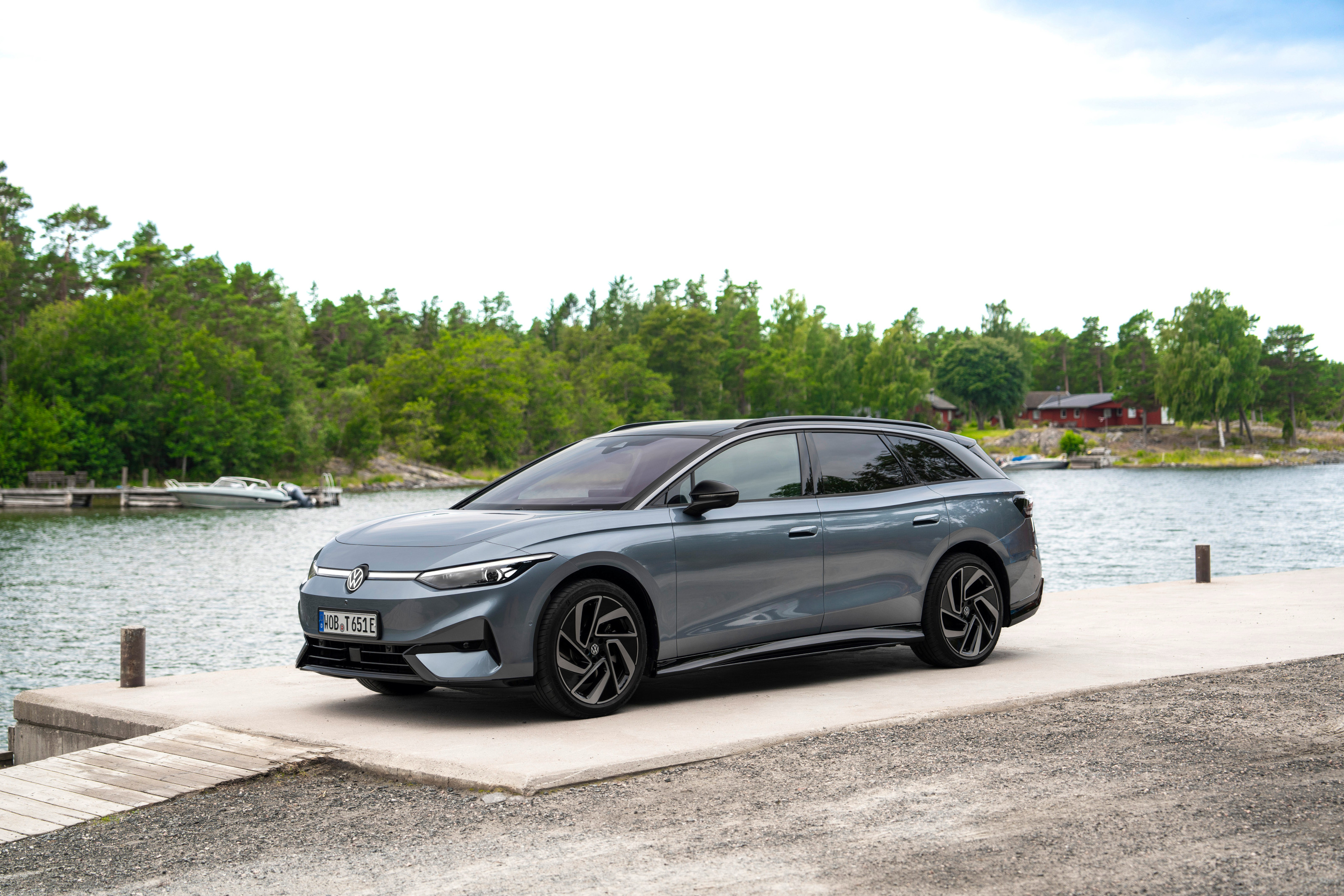
The all-electric Volkswagen ID.7 Tourer
In case you haven’t been following the business pages, the VW Group is not having an easy ride at the moment. Big conglomerates that centralise their product planning and then introduce competing products are especially susceptible to shifts in the consumer psyche (see also the current struggles of Stellantis). The co-existence of the Passat and ID.7 Tourer is a case in point – is the company hedging its bets or is one department simply pitted against another?
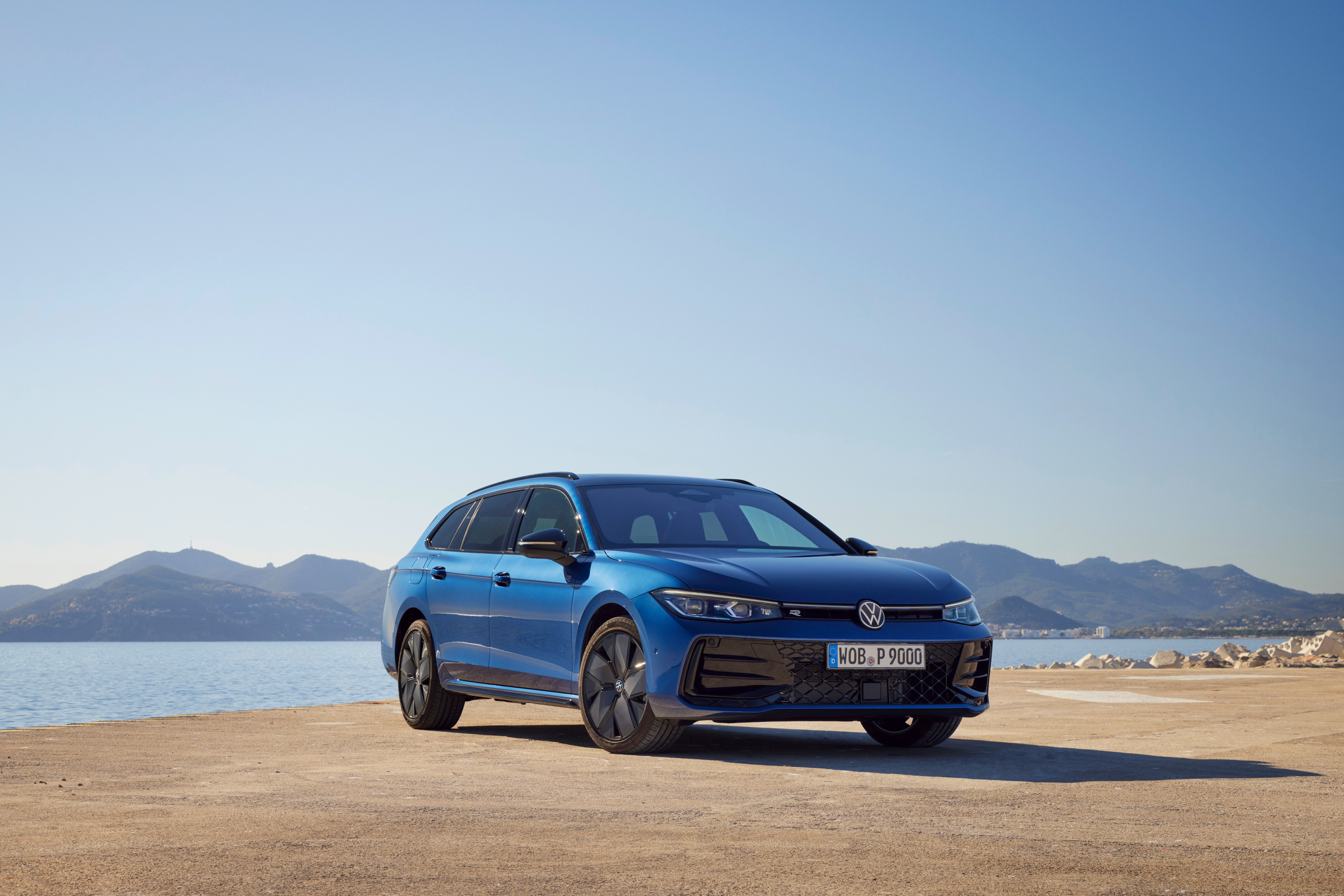
Volkswagen Passat
All this confusion is a shame, for the Passat packs a lot of likeability and even more practicality into an anonymous, unthreatening but admirable package. It’s a big car, but not a tall or oppressive feeling car. The huge luggage compartment extends all the way to the back of the front seat – a colossal, wardrobe-sized load bay. I drove the 1.5 TSI eHybrid, but there are petrol and diesel models in the line-up as well – for those in the market for an all-electric estate, VW offers only the ID.7 Tourer. None of them are especially distinguished in terms of performance but that only adds to the quiet allure of the car.
Wallpaper* Newsletter
Receive our daily digest of inspiration, escapism and design stories from around the world direct to your inbox.
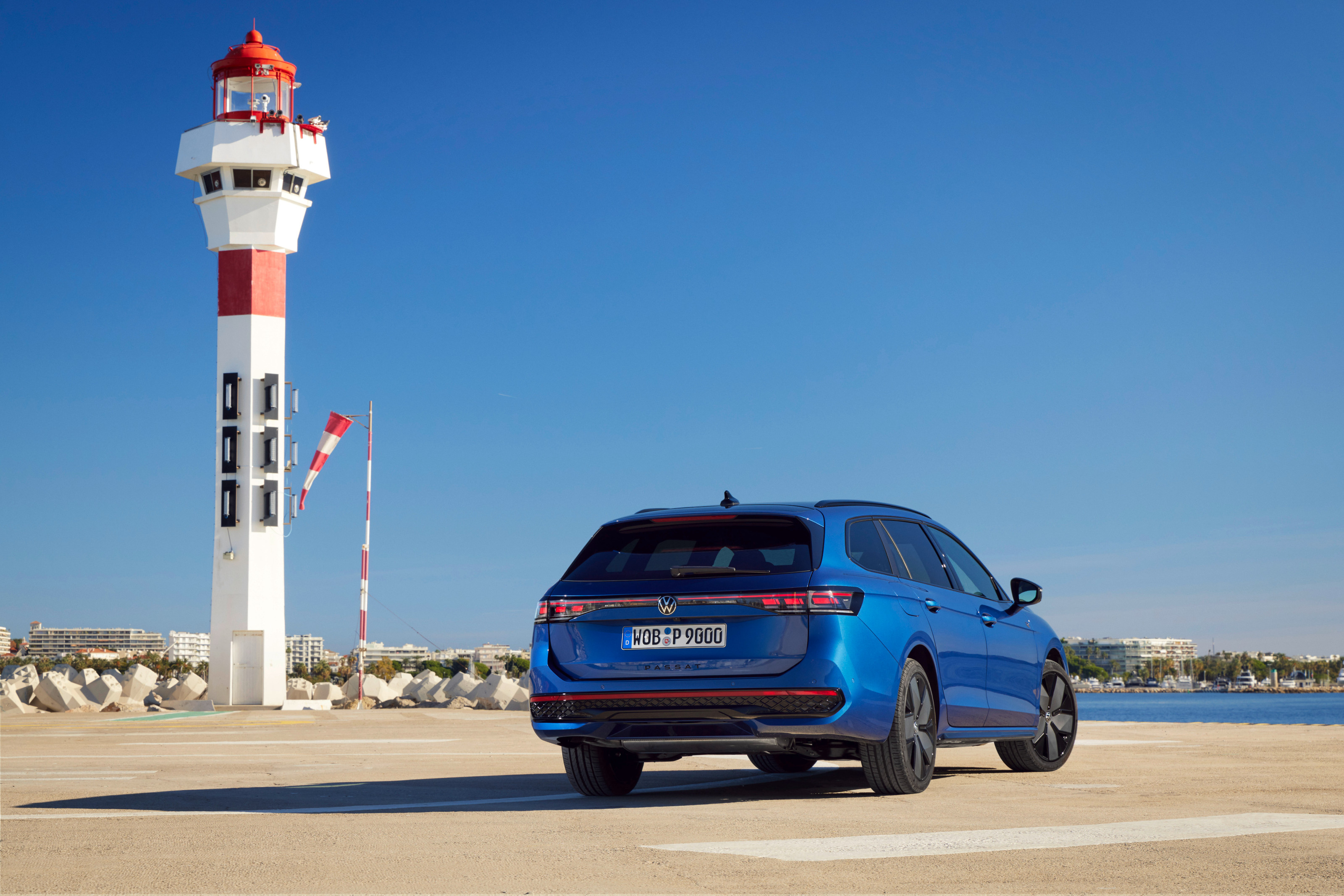
Volkswagen Passat
VW inexplicably pitches this low-key machine as ‘business-class reinvented’, when it’s really anything but. There’s nothing remotely executive level about the Passat, but the car is all the better for it. It’s as if VW’s design division refused to play along with automotive one-upmanship which then flummoxed the marketing team. If you need a big car and have no desire to step up to an SUV, then the Passat is a welcome retreat into simplicity.
Volkswagen Passat R-Line 1.5 TSI eHybrid, from £38,505, Volkswagen.co.uk
Jonathan Bell has written for Wallpaper* magazine since 1999, covering everything from architecture and transport design to books, tech and graphic design. He is now the magazine’s Transport and Technology Editor. Jonathan has written and edited 15 books, including Concept Car Design, 21st Century House, and The New Modern House. He is also the host of Wallpaper’s first podcast.
-
 Put these emerging artists on your radar
Put these emerging artists on your radarThis crop of six new talents is poised to shake up the art world. Get to know them now
By Tianna Williams
-
 Dining at Pyrá feels like a Mediterranean kiss on both cheeks
Dining at Pyrá feels like a Mediterranean kiss on both cheeksDesigned by House of Dré, this Lonsdale Road addition dishes up an enticing fusion of Greek and Spanish cooking
By Sofia de la Cruz
-
 Creased, crumpled: S/S 2025 menswear is about clothes that have ‘lived a life’
Creased, crumpled: S/S 2025 menswear is about clothes that have ‘lived a life’The S/S 2025 menswear collections see designers embrace the creased and the crumpled, conjuring a mood of laidback languor that ran through the season – captured here by photographer Steve Harnacke and stylist Nicola Neri for Wallpaper*
By Jack Moss
-
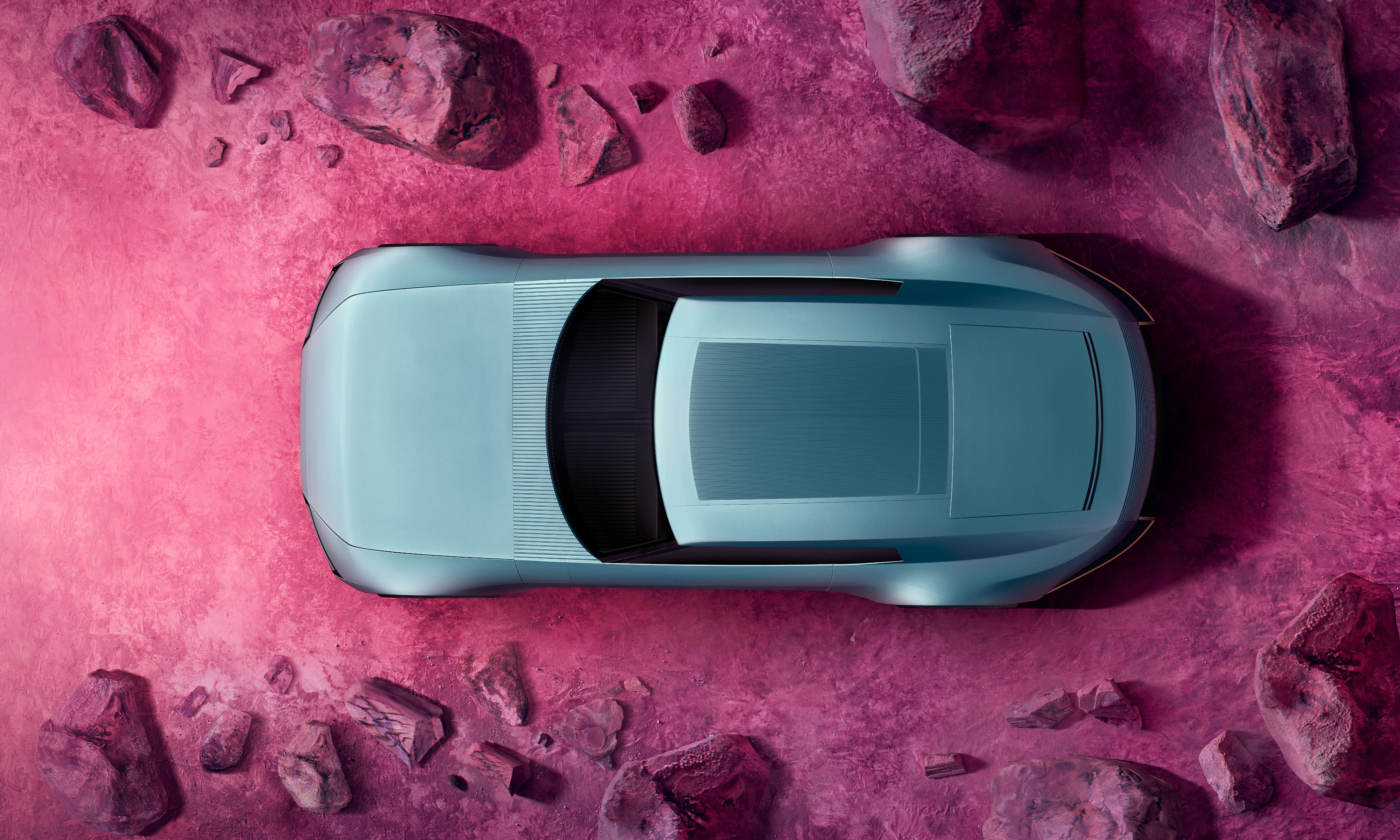 The top 10 concept cars of 2024, as selected by Wallpaper’s Transport Editor
The top 10 concept cars of 2024, as selected by Wallpaper’s Transport EditorWe round up our favourite forays into futuristic design with this collection of concepts and design studies showcasing the transport of tomorrow
By Jonathan Bell
-
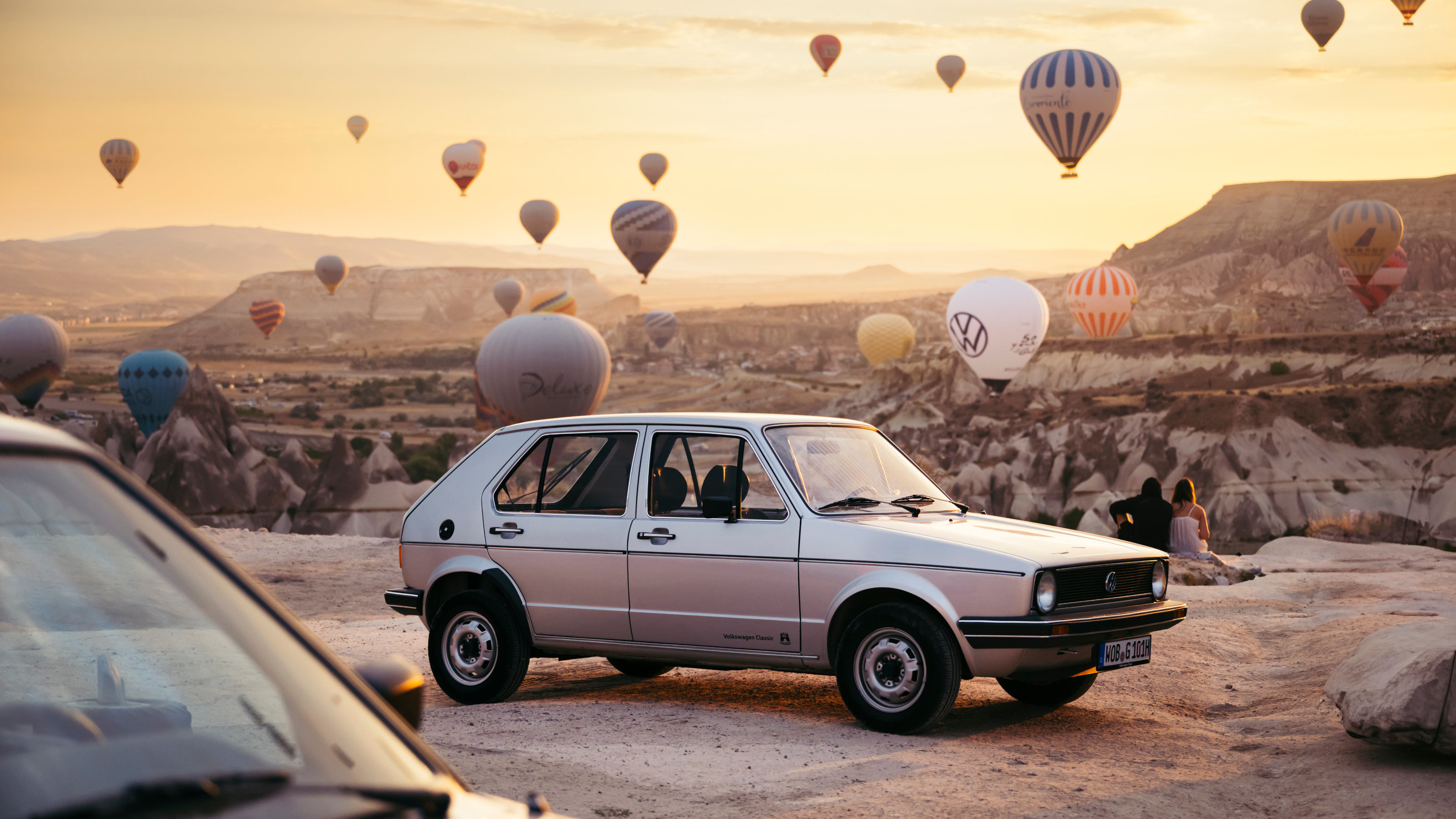 Volkswagen celebrates 50 years of the Golf, its most famous modern model, with a flight of fancy
Volkswagen celebrates 50 years of the Golf, its most famous modern model, with a flight of fancyWallpaper* travelled to eastern Turkey in search of the perfect backdrop to mark 50 years and eight generations of the evergreen VW Golf
By Adam Hay-Nicholls
-
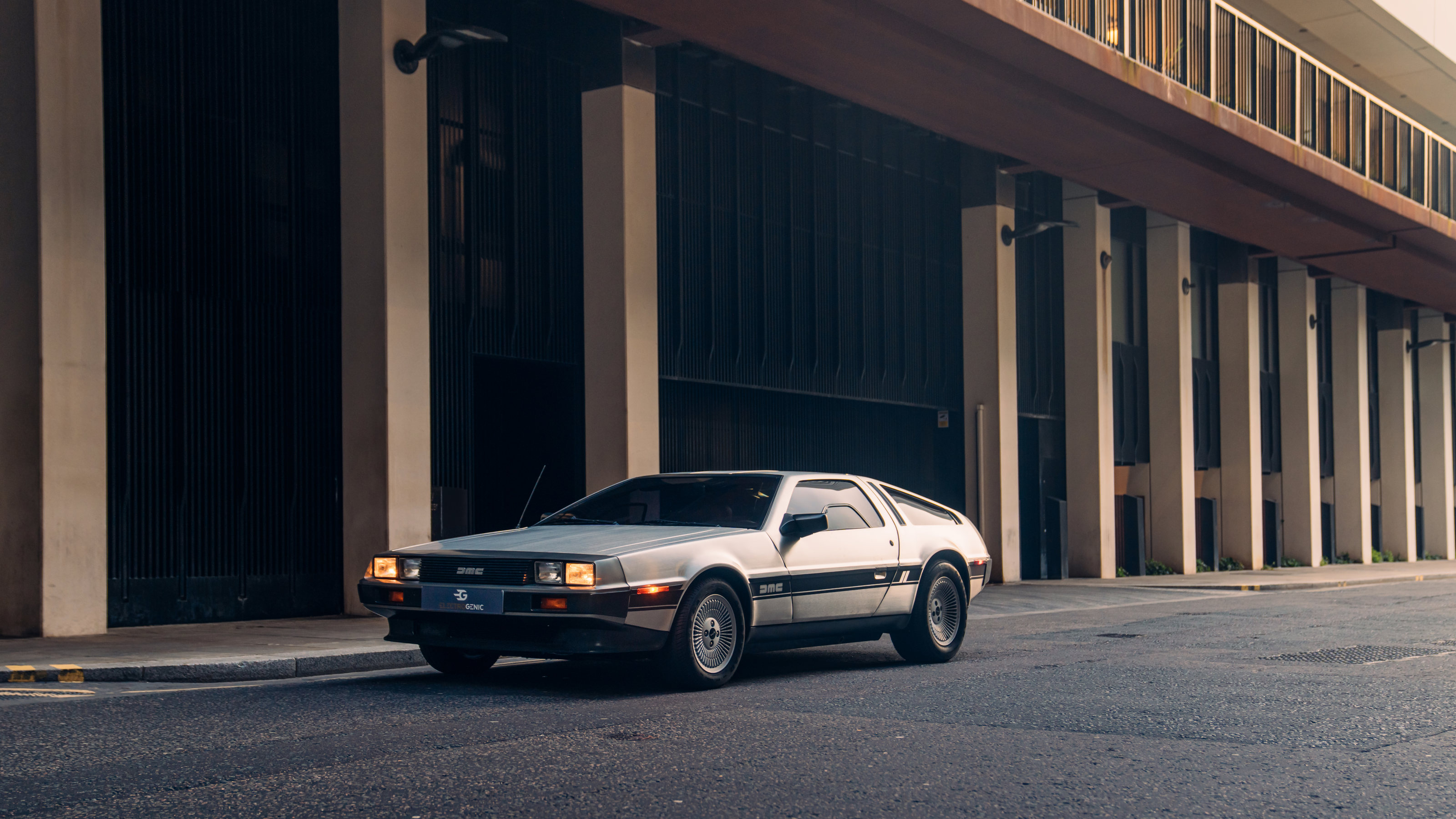 We sample the world’s first all-electric DeLorean, a stainless steel marvel for the modern age
We sample the world’s first all-electric DeLorean, a stainless steel marvel for the modern ageElectrogenic brings its brilliance with batteries and motors to bear on the iconic DeLorean DMC-12, giving this classic design the futuristic feel it deserves
By Jonathan Bell
-
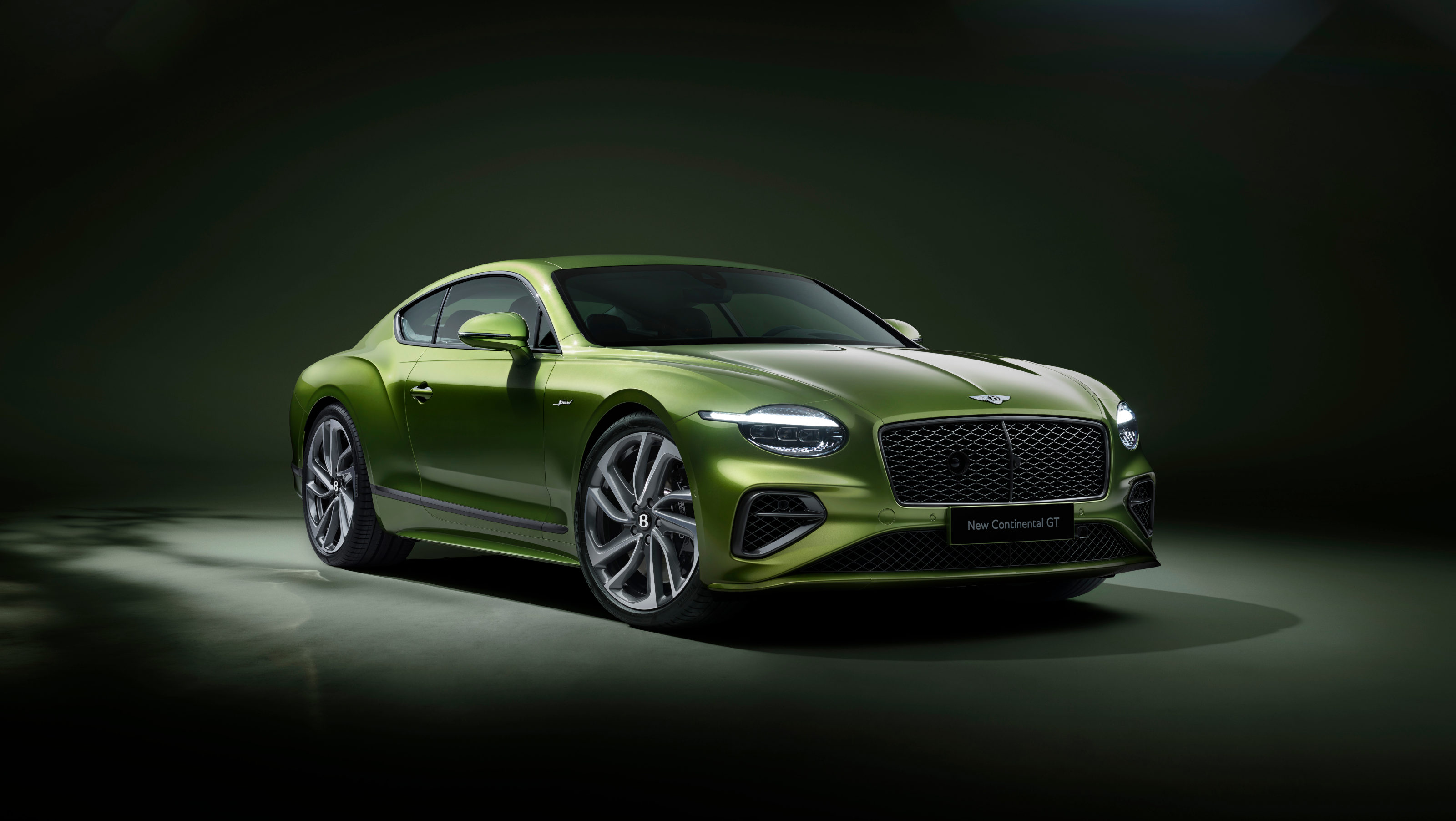 Bentley rolls out the latest version of its majestic grand tourer, the Continental GT Speed
Bentley rolls out the latest version of its majestic grand tourer, the Continental GT SpeedAvailable as both coupé and convertible, the fourth generation Bentley Continental GT Speed harnesses hybrid power to become a record breaker for the brand
By Jonathan Bell
-
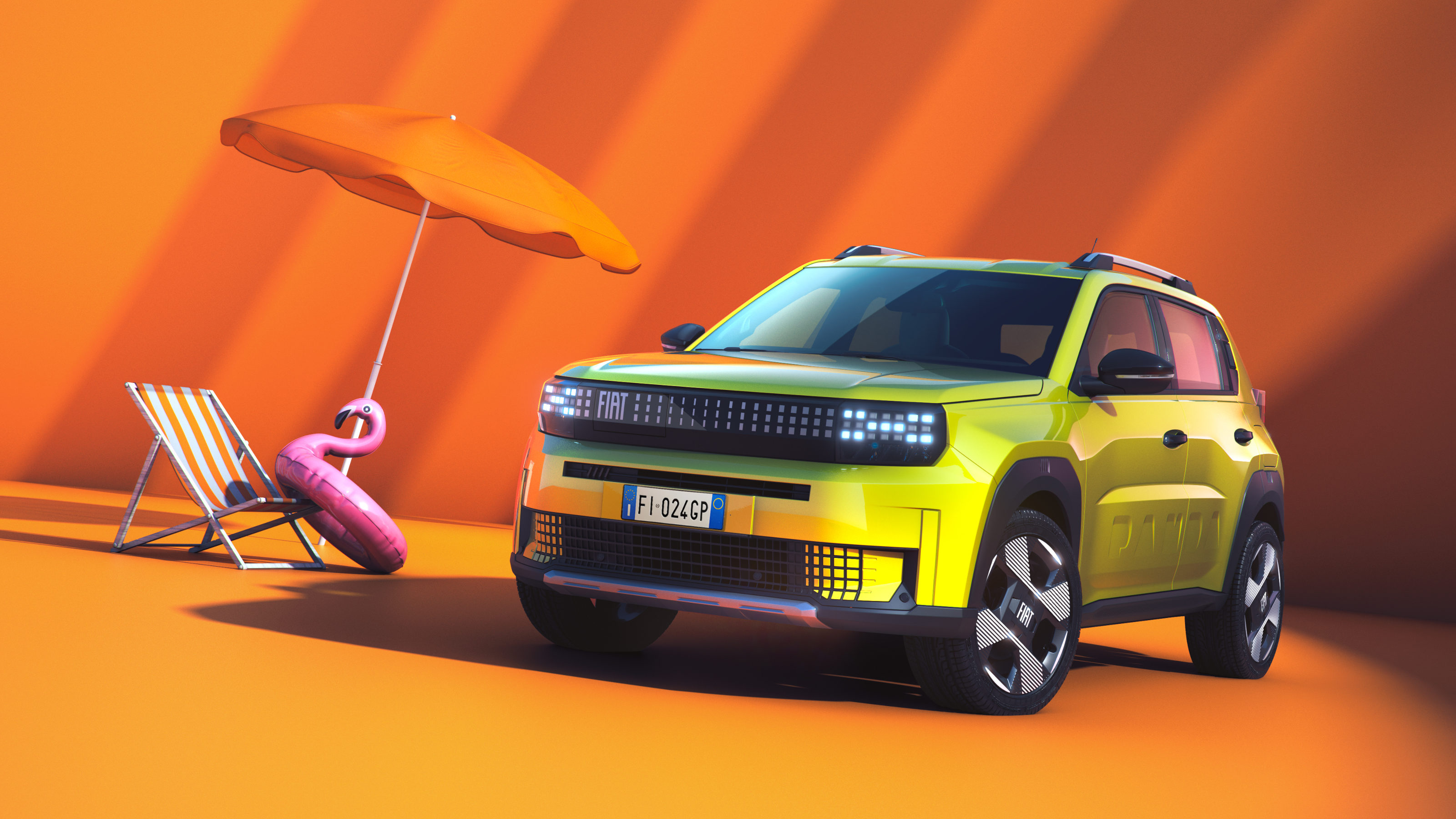 Fiat Grande Panda first look: will retro-seeking lightning strike twice?
Fiat Grande Panda first look: will retro-seeking lightning strike twice?This is the new Fiat Grande Panda, a compact hybrid and electric car that brings delightful design back to a well-loved model
By Jonathan Bell
-
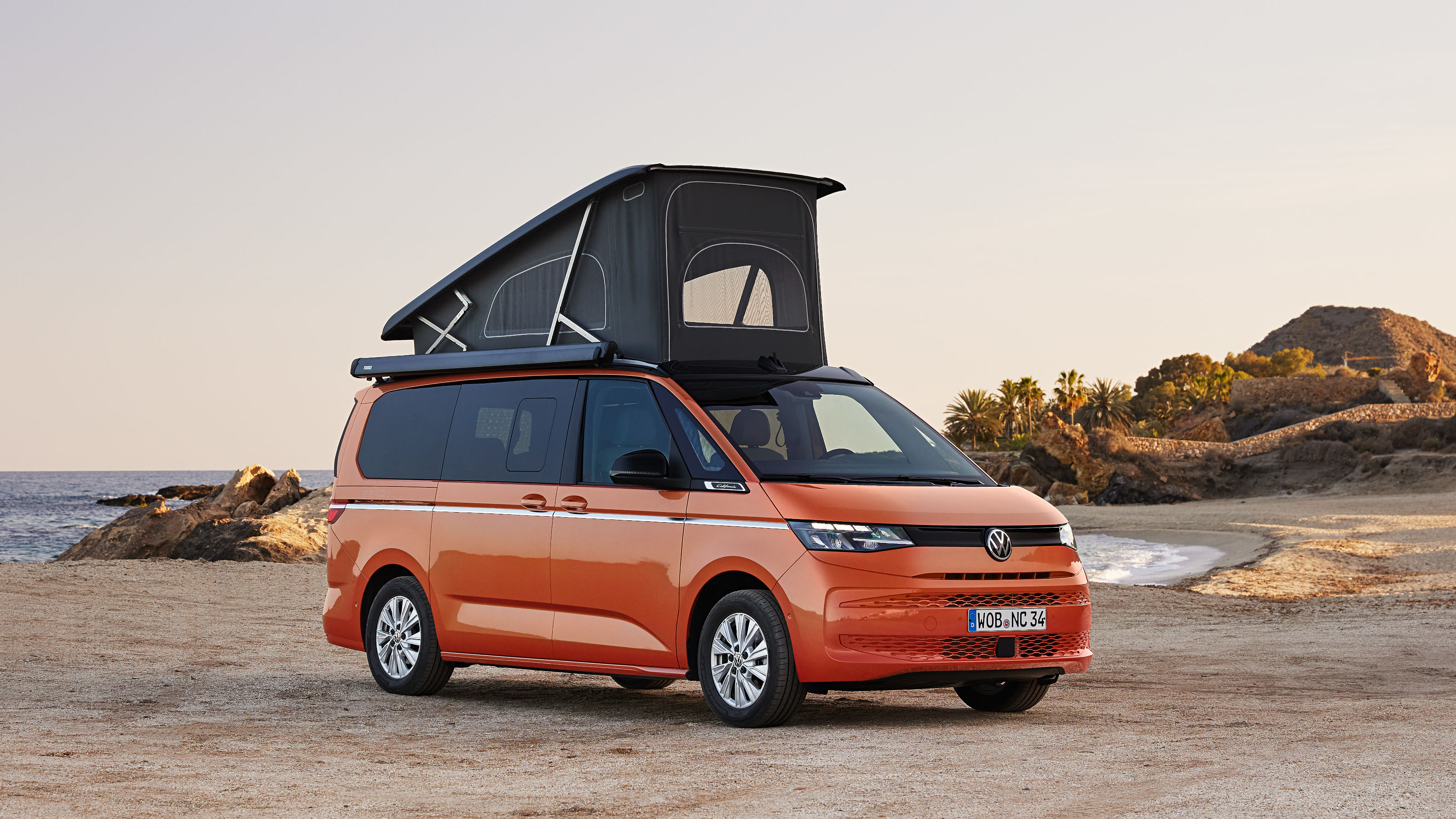 New Volkswagen California is a hybridised camper van that has it all
New Volkswagen California is a hybridised camper van that has it allThe Volkswagen New California camper van is here, the latest update to VW’s evergreen classic, bringing a larger platform, more flexibility and hybrid power for the first time
By Jonathan Bell
-
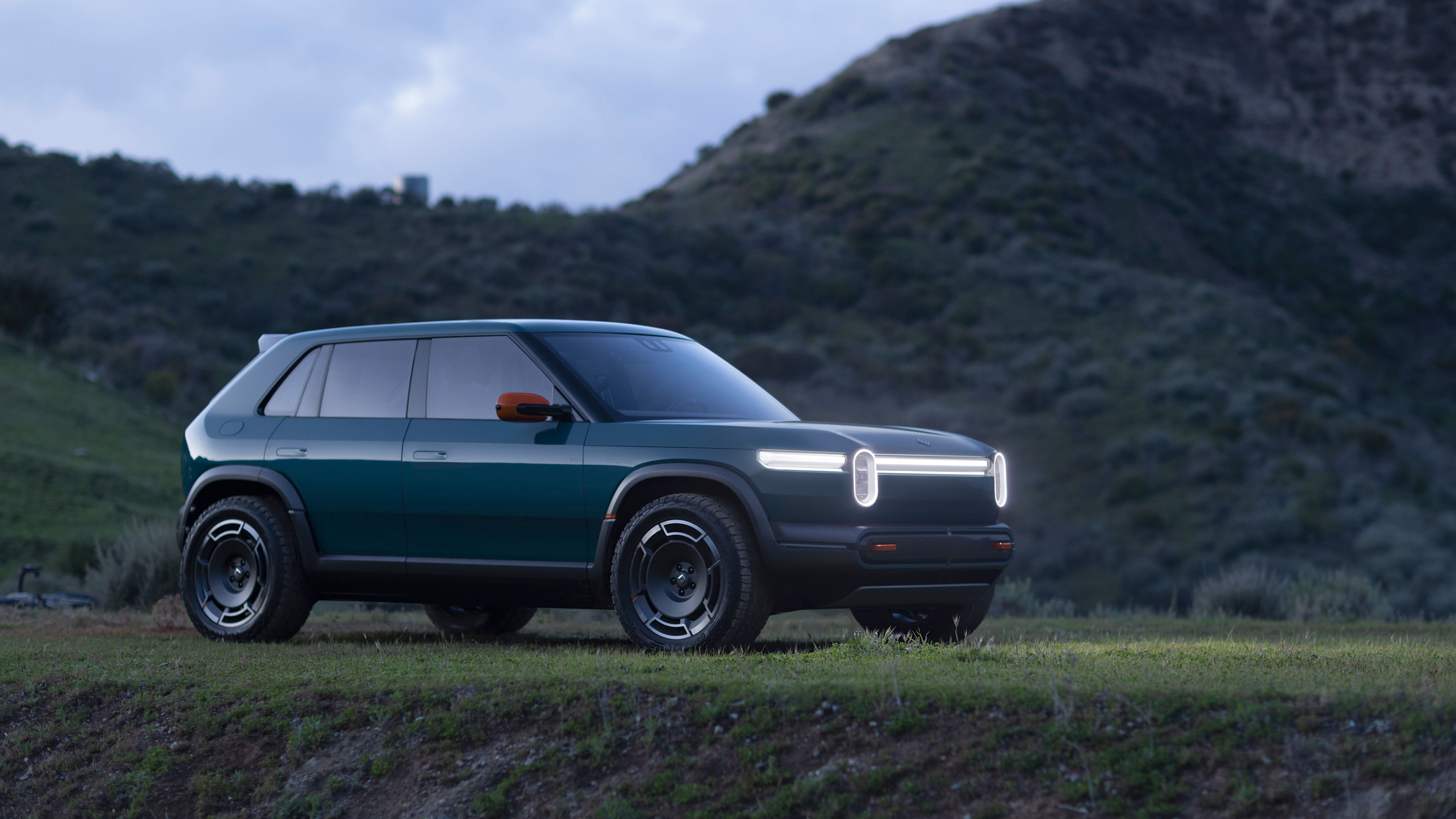 New Rivian R2 and R3 downsize a format to increase the EV company’s standings
New Rivian R2 and R3 downsize a format to increase the EV company’s standingsThe Californian manufacturer has revealed the new Rivian R2 and R3, all-electric SUVs that combine practicality with functional elegance
By Jonathan Bell
-
 VW Golf at 50: the new model, and a look back at the pioneering small car
VW Golf at 50: the new model, and a look back at the pioneering small carA VW Golf update brings new tech, innovations and efficiencies to keep the car at the heart of the brand 50 years after its debut
By Jonathan Bell